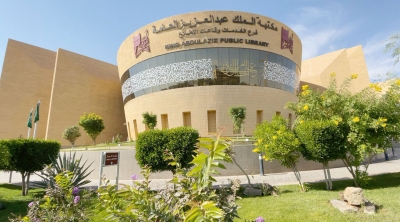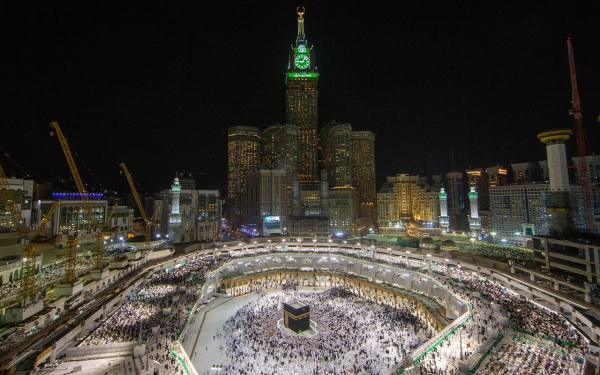
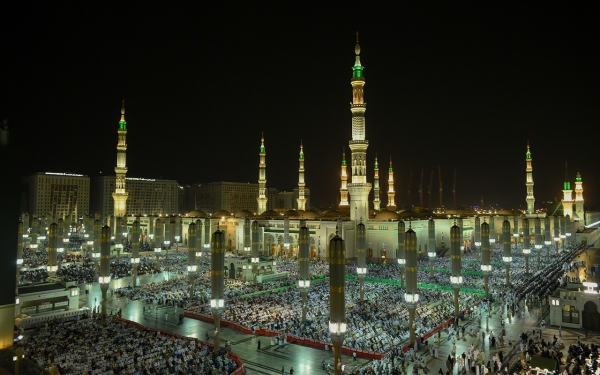
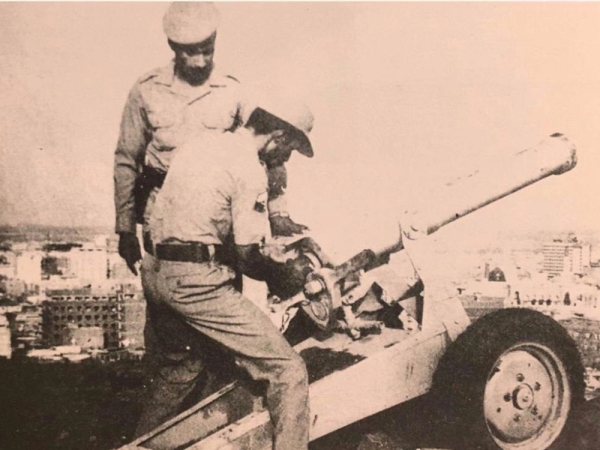
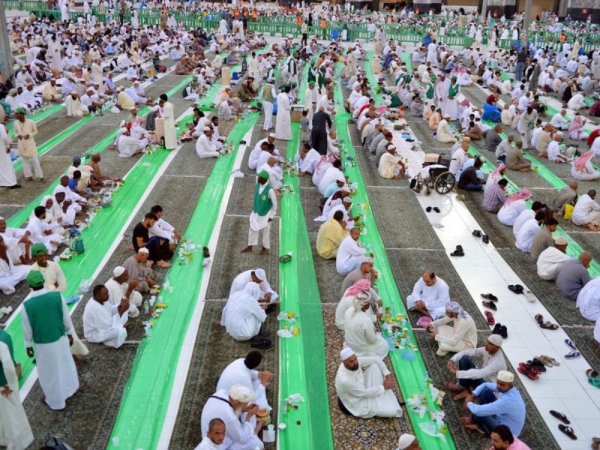
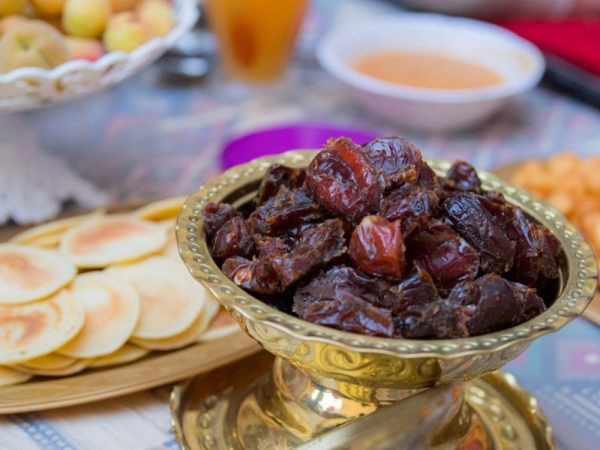
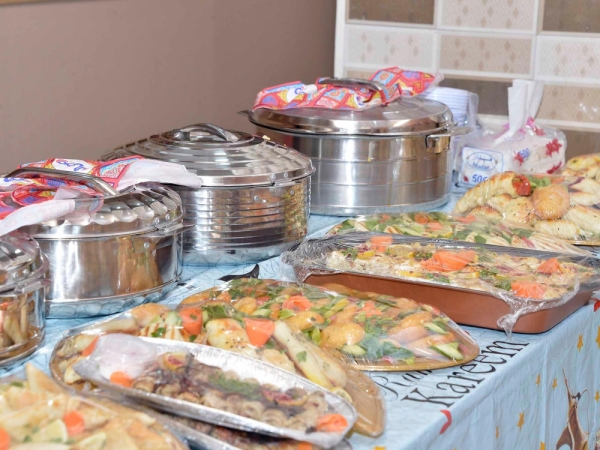
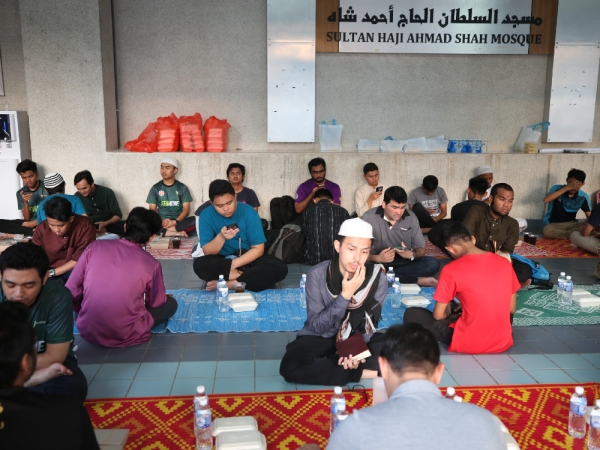
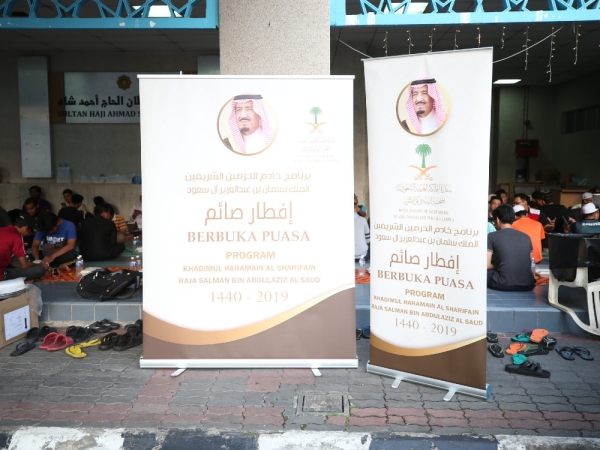
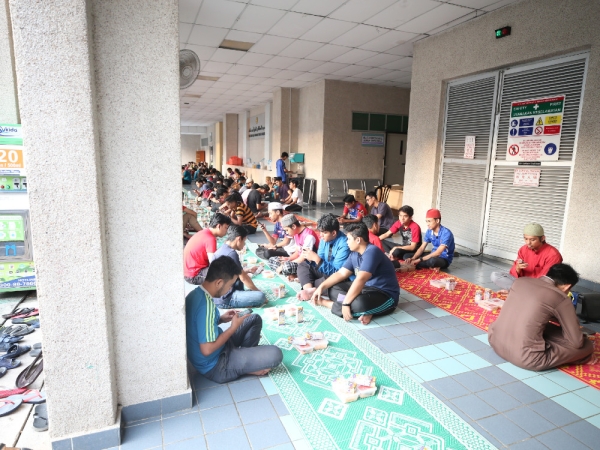
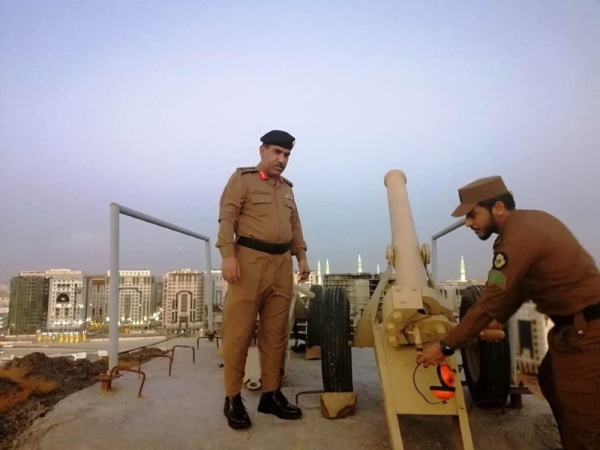
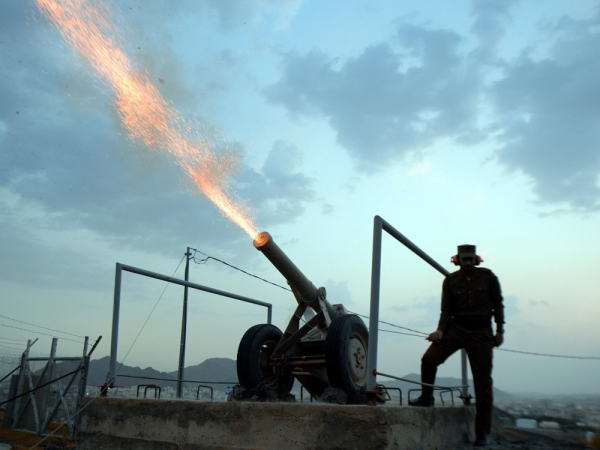
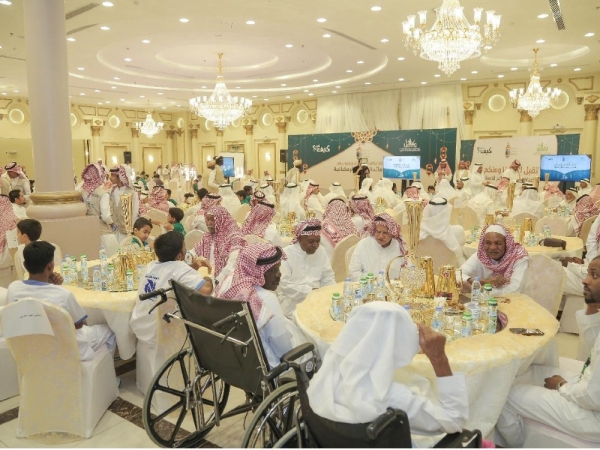
The Month of Ramadan falls on the ninth month of the Islamic calendar. It is seen by Muslims worldwide as a month of fasting, prayer, contemplation, and family reunions.
The annual fasting of Ramadan is the fourth of the Five Pillars of Islam, and lasts for either twenty-nine or thirty days, starting from the sighting of the Ramadan crescent moon. The end of Ramadan is declared either at the sighting of Shawwal crescent or after completing thirty days of fasting if the moon's phases were not sighted.
Determining the beginning of Ramadan in the Kingdom
Regarding the sighting of the Ramadan crescent, the Kingdom of Saudi Arabia religiously relies on direct visual observation of the moon's phases and the crescents in the sky. An observer and his assistants are commissioned to observe the crescents. Confirming the beginning of Ramadan in the Kingdom depends on the observer's testimony under the supervision of the Supreme Court. Then, Ramadan is officially announced by the Saudi media channels in an official statement on behalf of the Royal Court.
The most convenient areas for clearly sighting the crescent are flat lands that are higher than sea level, with broader visual dimensions, such as the Hotat Sudair Center in al-Majma'ah Governorate, north of Riyadh.
In the past, the first audible announcement to confirm the beginning of Ramadan was the sound of gunpowder firing from the cannon of Mount Qaiqaan in Makkah al-Mukarramah.
Origins of the name
The name Ramadan originated from the climate of the Arabian Peninsula in the past. It stems from the Arabic root al-ramad or al-Ramdhah, which means the scorching heat of the summer's sun.
Ramadan is commonly associated with Eid al-Fitr, since the end of Ramadan marks Eid al-Fitr holiday and the beginning of Shawwal. In general, Ramadan can be considered the Saudi calendar's gateway to the season of Eid and official holidays in the Kingdom. According to the Islamic calendar, Eid al-Fitr holiday falls on the last five days of Ramadan and is followed two months later by Eid al-Adha holiday.
Fasting in Ramadan
Fasting in Ramadan begins at the specified time of dawn and continues until sunset. It is obligatory for all adult Muslims. However, people with chronic or acute health conditions or who have personal circumstances, such as travel, are exempt from fasting.
In contrast to the three-meal traditional system distributed throughout the day, meals during Ramadan start sequentially after Iftar (the break-fast meal at sunset) until Suhoor (the pre-dawn meal). The first meal a person eats after the break-fast is called Iftar, and the last meal before dawn is referred to as Suhoor, which corresponds with the precise time of the day during which it is Islamically permissible to eat a meal, i.e., the last third of the night, linguistically referred to as al-Sahar.
Iftar time during Ramadan
Generally, Muslims worldwide rely on sunset to determine the time of Iftar. However, it is common for Muslims living in areas experiencing the phenomena of the Midnight Sun or polar night to follow the schedule of the nearest country where it is possible to distinguish night from day.
The sanctity of Ramadan among Muslims
The sanctity of Ramadan is observed in the Islamic culture, as the month during which Prophet Muhammad (PBUH) received the first revelation of the Quran on a night called Laylat al-Qadr (Night of Power). Muslims perceive Laylat al-Qadr every year as the holiest night in the Hijri year. It falls on one of the five odd nights of the last ten days of Ramadan.
For Muslims, it is impossible to compare Laylat al-Qadr with any other night. According to the Quran's indications on this matter, the rewards that worshipers can earn on this night cannot be equated with other awards a person earns throughout their lifetime. The reward for worship during this one night exceeds eighty-three years of worship, which equals approximately one thousand months of worship. Muslims perceive the last ten nights of Ramadan as holy in general.
Acts of worship during Ramadan
One of the forms of worship during Ramadan is performing the Taraweeh Prayer, immediately after the Isha (night) prayer. Contrary to the common belief, Taraweeh Prayer is not obligatory like the five daily prayers and is performed before the late-night prayers (Tahajjud Prayer).
Taraweeh Prayer involves the full recital of the Quran during Ramadan. One part of the Quran is usually read every day throughout the thirty days of Ramadan within eight or ten raka'at (a ritual of bows and prostrations) over different periods of time, lasting more than an hour in total.
During Ramadan, Makkah al-Mukarramah floods with people due to the high demand for performing Umrah rituals. According to the results of the Umrah survey for internal Umrah performers and the registered data of the Ministry of Hajj and Umrah for external Umrah performers, the total number of Umrah performers during 2019 reached about nineteen million. Saudi media outlets broadcast Taraweeh and Qiyam Prayers in the Grand Mosque, and provide live coverage of the complete recital of the Holy Quran in the last ten nights of Ramadan.
Community initiatives in the Kingdom during Ramadan
Community initiatives in the Kingdom during Ramadan stem from the principle of human participation. Collective Iftar tables are set in the courtyards of public mosques and volunteers of different ages spread around traffic lights to give Iftar meals to fasting people. These meals mostly depend on Saudi date crops; as Saudi dates are Muslims' first food at Iftar. Charities are developing these initiatives under the name Iftar Sa'im.
In Ramadan, it is common among neighbors in the Kingdom to share food before Iftar time. Families also gather around tables with diversified types of food, according to the food culture in each province.
Related quizzes
Related articles


